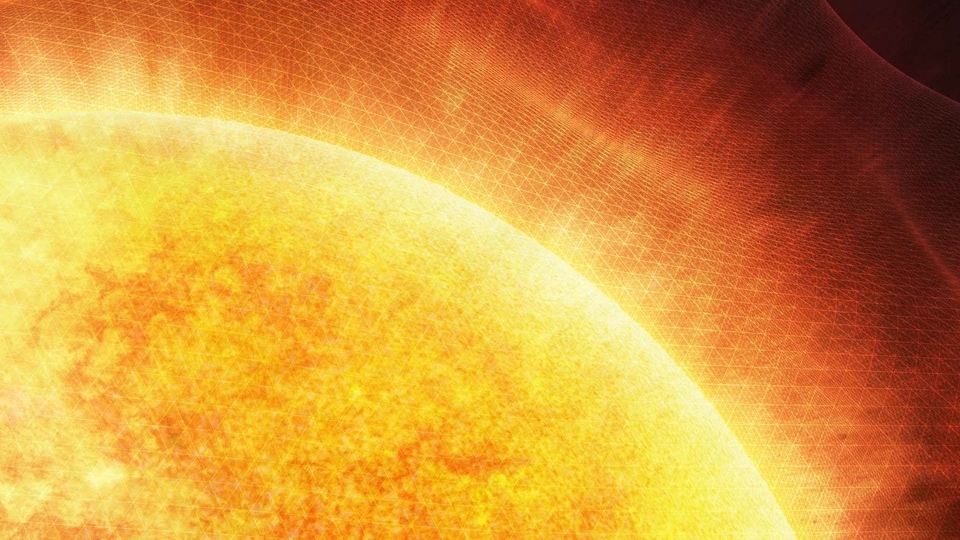Strong solar winds, CME approaching Earth; Could trigger G1-class Geomagnetic storm soon
A Geomagnetic storm could be on the cards as fast-moving solar winds are flowing towards Earth, in addition to a possible CME impact.

Just yesterday, an unstable sunspot named AR3335 exploded, producing a solar flare that triggered blackouts over the Atlantic Ocean. The resulting solar flare was M2.5 in intensity and caused a shortwave radio blackout. Solar activity has been on the rise for the past few months, and it is expected to increase further until solar maximum, the period of greatest solar activity during the Sun's 11-year cycle.
Solar flare risk
According to a report by spaceweather.com, NASA's Solar Dynamics Observatory (SDO) forecasters have observed multiple streams of solar winds hurtling towards Earth from a coronal hole on the Sun's surface, and these could reach Earth tomorrow, June 21. Moreover, a CME is also expected to deliver a glancing blow on June 22. Both these events have the potential to trigger a G1-class Geomagnetic storm. It could also result in solstice auroras at high latitudes.
Although this solar activity might seem harmless due to the distance of the Sun from our planet, it can cause major damage. As solar flares travel out directly from the flare site, we can be impacted by it.
How does a Geomagnetic storm affect the planet?
While Earth's magnetosphere deflects most solar activity carried by the solar wind, some charged particles seep through. These energetic particles cause magnetic disturbances, classified as either geomagnetic storms or substorms.
When solar particles hit Earth, radio communications and the power grid are affected when it hits the planet's magnetic field. It can cause power and radio blackouts for several hours or even days. However, electricity grid problems occur only if the solar flare is extremely large. Geomagnetic storms are also the reason behind stunning streaks of green light across the sky known as Northern Lights or Aurora Borealis.
Tech involved in solar observation
The NASA Solar Dynamics Observatory (SDO) carries a full suite of instruments to observe the Sun and has been doing so since 2010. It uses three very crucial instruments to collect data from various solar activities.
They include the Helioseismic and Magnetic Imager (HMI) which takes high-resolution measurements of the longitudinal and vector magnetic field over the entire visible solar disk, Extreme Ultraviolet Variability Experiment (EVE) which measures the Sun's extreme ultraviolet irradiance, and Atmospheric Imaging Assembly (AIA) which provides continuous full-disk observations of the solar chromosphere and corona in seven extreme ultraviolet (EUV) channels.
Catch all the Latest Tech News, Mobile News, Laptop News, Gaming news, Wearables News , How To News, also keep up with us on Whatsapp channel,Twitter, Facebook, Google News, and Instagram. For our latest videos, subscribe to our YouTube channel.


























